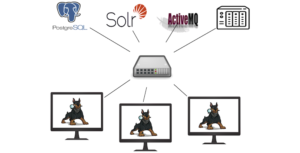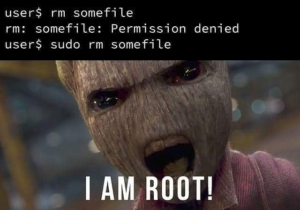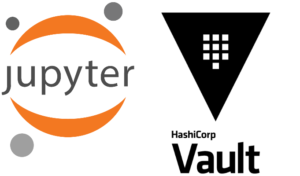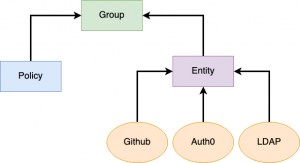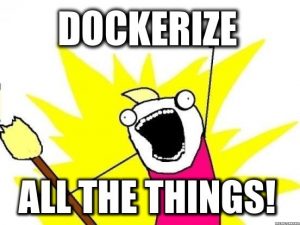
As the title suggests, learning Kubernetes (k8s) was your typical hero’s journey for me. I set out on an adventure to conquer all there is to know about the Kubernetes beast. Alas my attempts were thwarted by the frustratingly vast chasm of fire that is Kubernetes lair. Like any good hero, I sharpened my wit and sought a wealth of knowledge from an infinite library until I happened upon a powerful Wizard who’s guidance lead me, to finally overcome the beast’s lair.
This blog post, like the millions of blog posts that already exist on the internet will provide instructions on how to set up a MicroK8s cluster; however, I will also provide helpful additions to enable you in using Kubernetes in a homelab environment. Hopefully providing this foundational services guide, or “Act 2” of learning Kubernetes will provide a stronger understanding so that you feel empowered to go and explore more applications on your own. The additions I found to be foundational in my homelab are: using your Synology device as persistent storage, creating an ingress controller/load balancer using Traefik + cert-manager, deploying our first web app (Cyberchef), and how to monitor our cluster with Prometheus + Grafana. I will also recite heroic tales of overcoming the tribulations I encountered along the way. My hope is that this blog post will help provide a bootstrapped cluster with the capabilities that will enable beginners learning Kubernetes to continue their own heroic journey.
